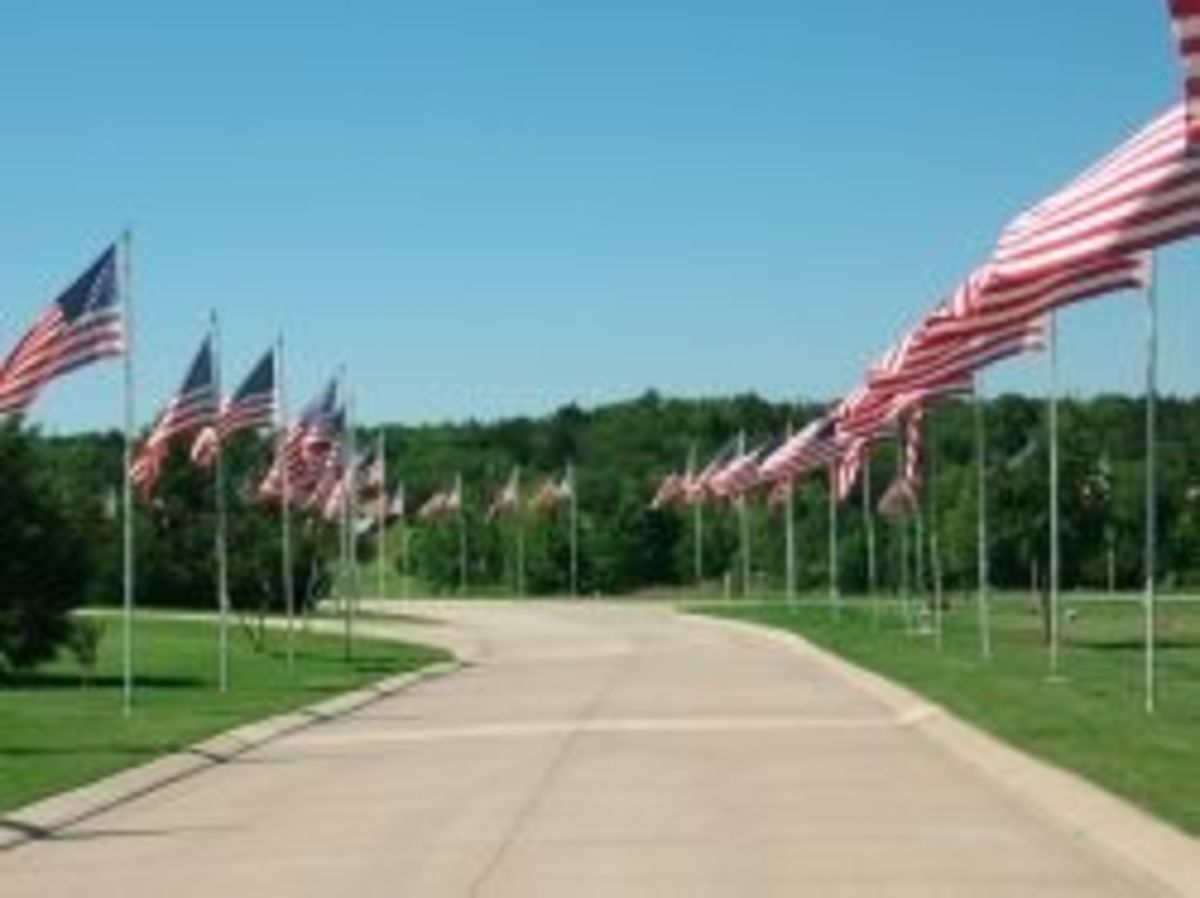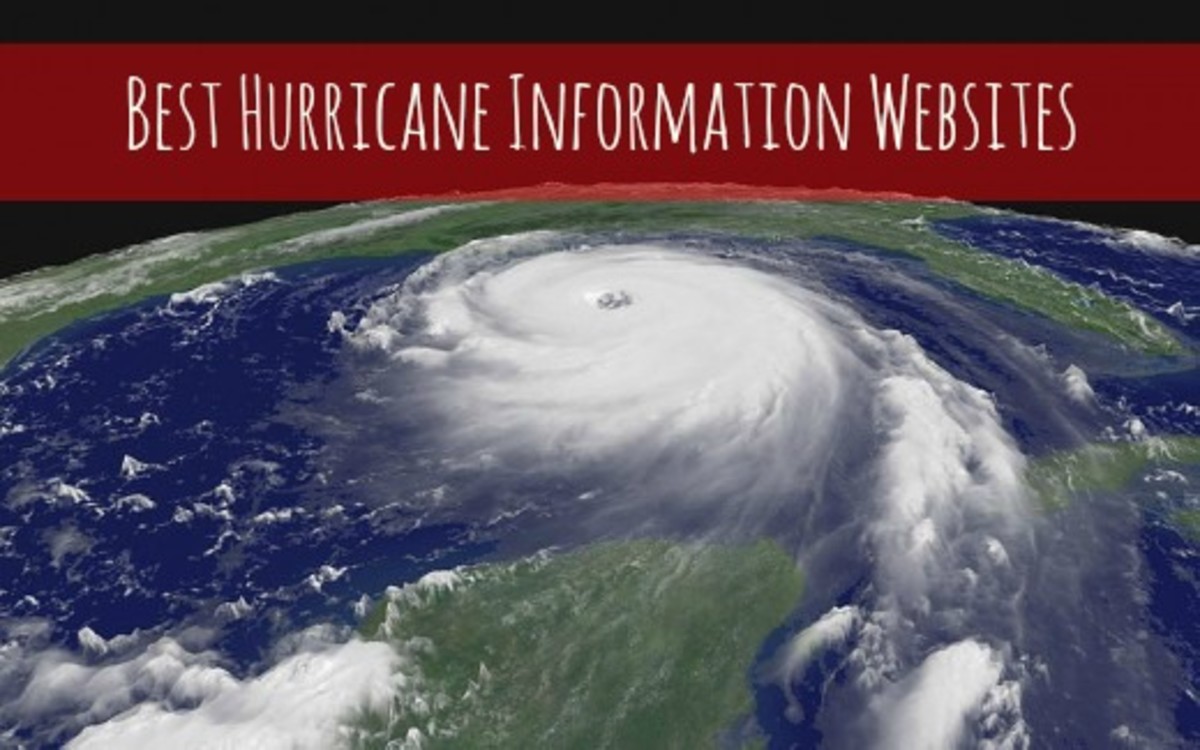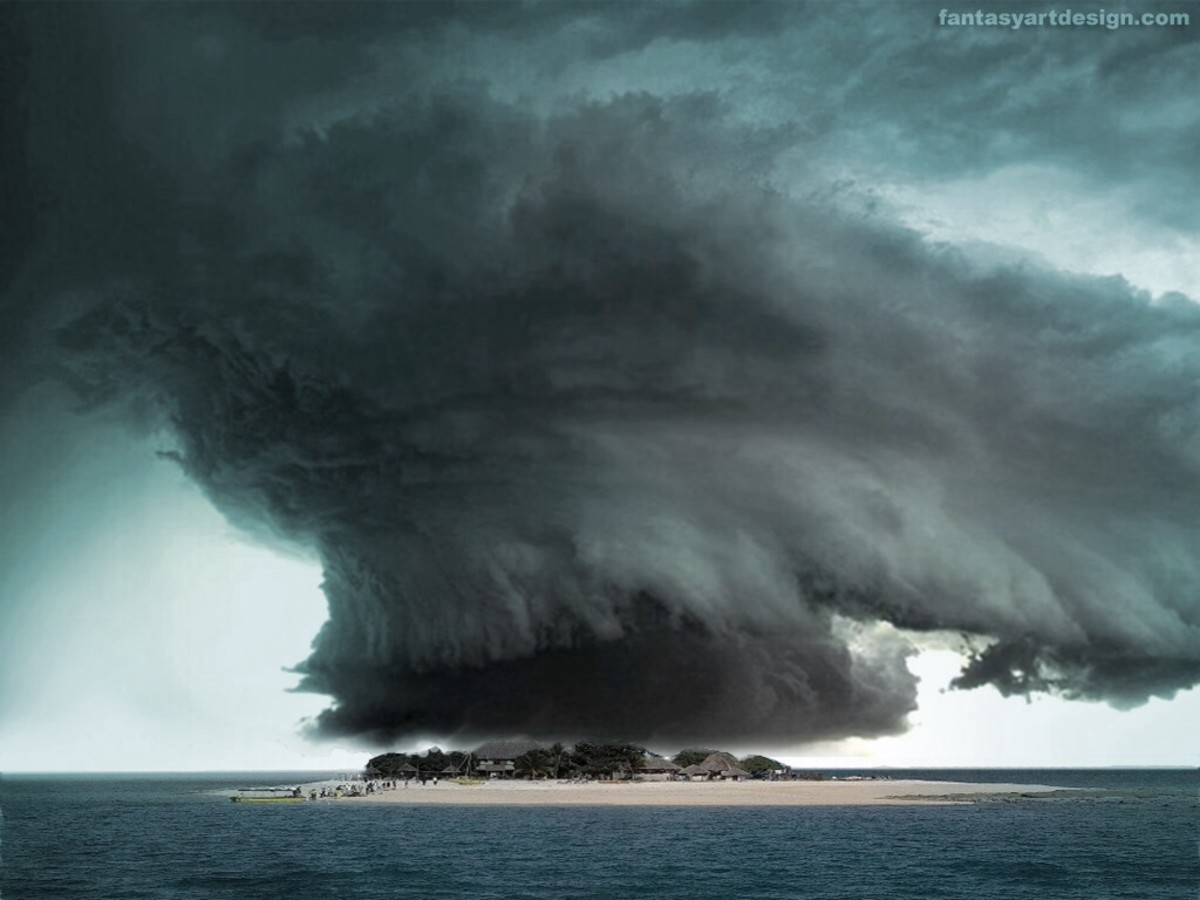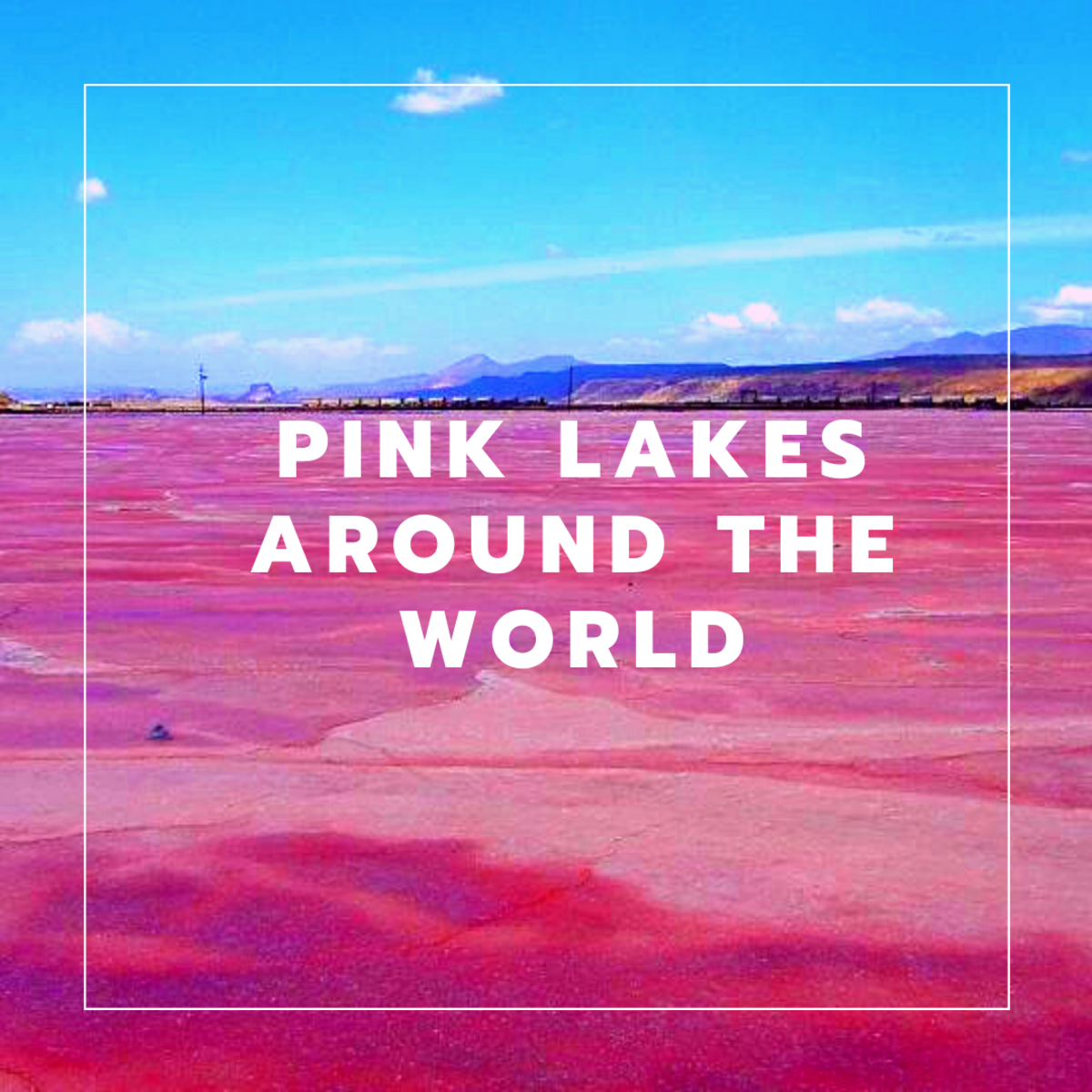National Weather Service – Good Guys in Government
NOAA Meterologist
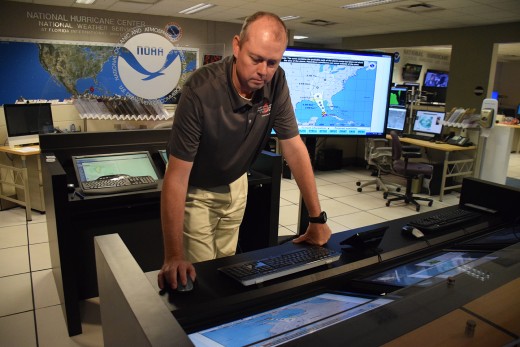
Kudos to Weather Forecasters - Saving Property and Lives
Many Americans hear the term “National Weather Service “ and “National Hurricane Center” frequently during the tracking and preparations for landfall of hurricanes. The potential harm to the United States is mitigated by forecasts and models coming from these governmental agencies.
However, how many know about these services beyond the name which may scroll across the bottom of their television screen for flash flood, tornado, or hurricane warnings?
Free Information for the Public
The National Weather Service has been known by many names since its inception. The Resolution creating it as a federal agency was passed by Congress and signed into law on February 9, 1870 by President Grant. Oddly, it started under the Department of War and then moved to the Department of Agriculture and later Commerce.
Currently, the Service falls within the Commerce Department under the parent agency National Oceanic and Atmospheric Administration. Most of the information gathered by the National Weather Service is in the public domain and free of charge to citizens.
Timely Warnings
The National Weather Service provides forecasts and warning for aviation, waterways, fire risks, space, severe weather, flooding, hurricanes and tropical storms.
The National Weather Service Mission Statement is:
"The National Weather Service (NWS) provides weather, hydrologic, and climate forecasts and warnings for the United States, its territories, adjacent waters and ocean areas, for the protection of life and property and the enhancement of the national economy. NWS data and products form a national information database and infrastructure which can be used by other governmental agencies, the private sector, the public, and the global community."
My preferred conduit for weather information is cable television’s The Weather Channel (TWC). During coverage of Hurricane/Tropical Storm Irene, this commercial provider gave frequent credit and deference to the National Weather Service announcements. They project a sense that TWC and the National Weather Service are partners with the same goal - to inform and to enhance the well-being of people.
All the Lives Saved
The United States of America learned hard lessons from Hurricane Katrina. I
n fortunate contrast, the preparation for and reaction to Hurricane Irene went very well. Considering the magnitude of the storm, the wide range of its reach, the amount of wind and rain it brought, it is amazing that as few as 35 lives were lost. Commendations also go to governors, mayors and emergency management teams for taking the impending storm very seriously and requiring appropriate evacuations.
Foolhardy Idea to Ax the Agency
Five years ago, a United States senator actually introduced a bill to eliminate this agency. The motivation behind it was that either (1) the National Weather Service competes with private providers (hey – who was here first?) or that (2) private providers now have enough expertise and technology to replace it.
I respond:
Remember our private pharmaceutical companies? They are known for developing and marketing a useful medication and then later ceasing its manufacture (leaving a group of users adrift, suffering without remedy) because the pharmaceutical decided that a particular drug “isn’t profitable enough.”
When profit is the goal of highest priority, equally important or even more valuable objectives can be lost. In the case of weather tracking, this can mean lives, property, livestock, homes, bridges and roads lost. Americans cannot permit weather tracking to be vulnerable to the same abandonment.
Official Governmental Sites
Keep These Good Guys
The National Weather Service exemplifies “good government services.”
People establish governments to, among other things, build and maintain transportation systems, support public health, and provide safety. The National Weather Service definitely contributes to the welfare and safety of the citizens through its tracking of meteorologic events and its public warning systems.
© 2011 Maren Elizabeth Morgan


